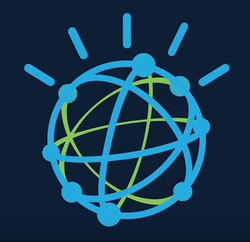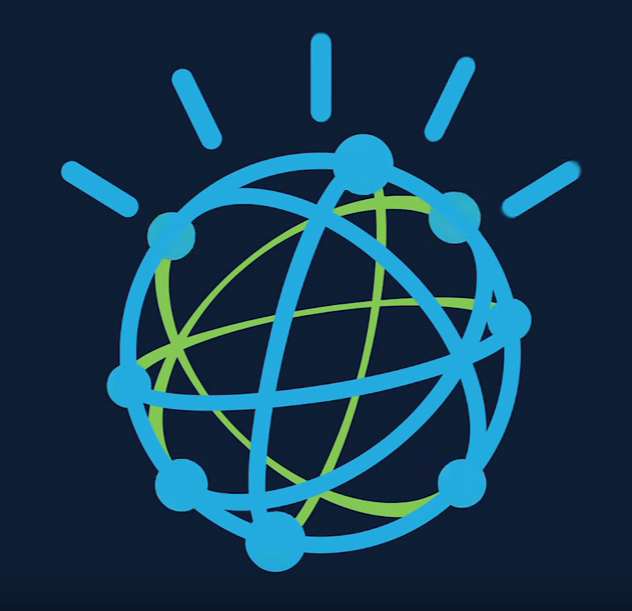
Feb. 17, 2017
By: Michael Feldman
If you’ve been tracking IBM’s newsfeed lately, you’ll notice the company is expanding its cognitive computing strategy to encompass more and more platforms, not to mention customers. Recent platform upgrades include IBM’s BlueMix cloud, private clouds in general, the internet of things (IoT), the z Systems mainframe, and even whiteboards.
 Most of these platforms are getting this cognitive support via technology associated with Watson, whose brand seems to be covering a lot more territory these days. Case in point: this week IBM announced it was using some of the core technology in Watson and integrating it into something they’re calling IBM Machine Learning – yes, they finally got around to using that term. The goal is to make Watson’s smarts available to enterprise customers on their private clouds and mainframes. The first implementation will be confined to IBM’s own z Systems mainframe, but IBM is promising future support for other hardware, including its Power-based systems.
Most of these platforms are getting this cognitive support via technology associated with Watson, whose brand seems to be covering a lot more territory these days. Case in point: this week IBM announced it was using some of the core technology in Watson and integrating it into something they’re calling IBM Machine Learning – yes, they finally got around to using that term. The goal is to make Watson’s smarts available to enterprise customers on their private clouds and mainframes. The first implementation will be confined to IBM’s own z Systems mainframe, but IBM is promising future support for other hardware, including its Power-based systems.
IBM Machine Learning is a lot more than just an on-premise Watson. It’s an entire analytics software environment that supports a variety of programing languages (Java, Python, and Scala), machine learning frameworks (TensorFlow, H2O and Apache SparkML), and “any transactional data type.” It also includes a tool called Cognitive Automation for Data Scientists to the help developers select the best algorithm for their data and how it is to be used. In general, the idea to give corporate customers with their own infrastructure the ability to develop and run AI applications in close proximity to their in-house data.
As far as the IoT developments go, bringing the internet of things under IBM’s cognitive umbrella is not strictly new, since the company began that effort a couple of years ago. The platform, dubbed Watson IoT, consists of services that incorporates various Watson skills such as speech, image and video recognition, as well as text analytics, and makes them available via IBM’s Bluemix cloud.
Gartner estimates that there will be 20.8 billion connected devices by 2020, while Accenture predicts that the industrial IoT market alone will be worth $14.2 trillion dollars by 2022. Given that, IBM is not about to miss out on the opportunity to insert its machine learning technology into this space.
The latest news in this area is a what Big Blue is calling “a major ecosystem initiative” that involves a collaboration with international clients like BNP Paribas, BMW, Capgemini, EEBus, and Tech Mahindra to spur innovation around its Watson IoT business. Headquarters for the business is in Munich, Germany, which will receive an additional $200 million investment to ramp up the new “collaboratories” there. The participation by commercial partners is intended to build expertise and support in key verticals like manufacturing (Industry 4.0), connected homes, and automotive transportation.
IBM also revealed that French Railways operator SNCF has become a Watson IoT client, but at least for the time being is not a partner in the collaboration. An additional customer, Bosch, is offering its own IoT suite of services on IBM’s Bluemix cloud integrated with the Watson IoT platform.
Meanwhile, Indiegogo, a crowd-source funding platform, and Arrow Electronics are pairing up with IBM to provide a free crowdfund-to-production service using the Watson IoT platform and Bluemix. According to the announcement, Indiegogo clients will get access AI, blockchain, data analytics and cyber-security capabilities and be able to incorporate them into their IoT inventions at no charge.
Watson technology is even working its way into company meetings. Business solutions provider, Ricoh, is using the Watson IoT platform to build an interactive whiteboard that can collect information about a meeting in real-time by listening in on the discussion. IBM explains the technology thusly: “It makes sure that Watson doesn’t just listen, but is an active meeting participant, using real-time analytics to help guide discussions so teams can make faster, better and more informed decisions.” Someone needs to suggest installing one of these at the White House. If nothing else, it would be a great photo op for IBM and you know who.
In a nutshell, the interactive whiteboard can perform tasks like managing a slide deck presentation via voice commands, translating meeting discussions into another language, tracking agenda items to make sure the planned topics are being addressed, and even capture side discussions. IBM is deploying more than 80 of these interactive whiteboards at its Watson IoT headquarters in Munich.
As of the end of 2016, IBM claimed it had 6,000 Watson customers. That’s nearly one customer for every Watson press release. Kidding aside, the Watson business is a bright spot in a company whose legacy business of mainframes and Power servers is slowing. Keep in mind that Watson debuted on Jeopardy just six years ago, when it was a research project generating no revenue, and actually drawing on the company’s R&D budget. Last year, the company’s cognitive solutions sales reached $19.3 billion, out of a company-wide total of $79.9 billion.
As Big Blue turns the ship toward faster growing areas like cloud, IoT, and machine learning, they’re hoping the Watson portfolio, which is now spread across all three of these, can backfill the revenue lost from a declining systems business. How all this fits into their Power portfolio and associated HPC ambitions, is not entirely clear. What is clear is that IBM is pinning a lot of its hopes on machine learning and sees the technology as a key driver of the company’s future. Given Watson’s initial success and the fact that AI seems poised to insinuate itself into every nook and cranny of the IT industry, it’s hard to argue with IBM’s strategy.
